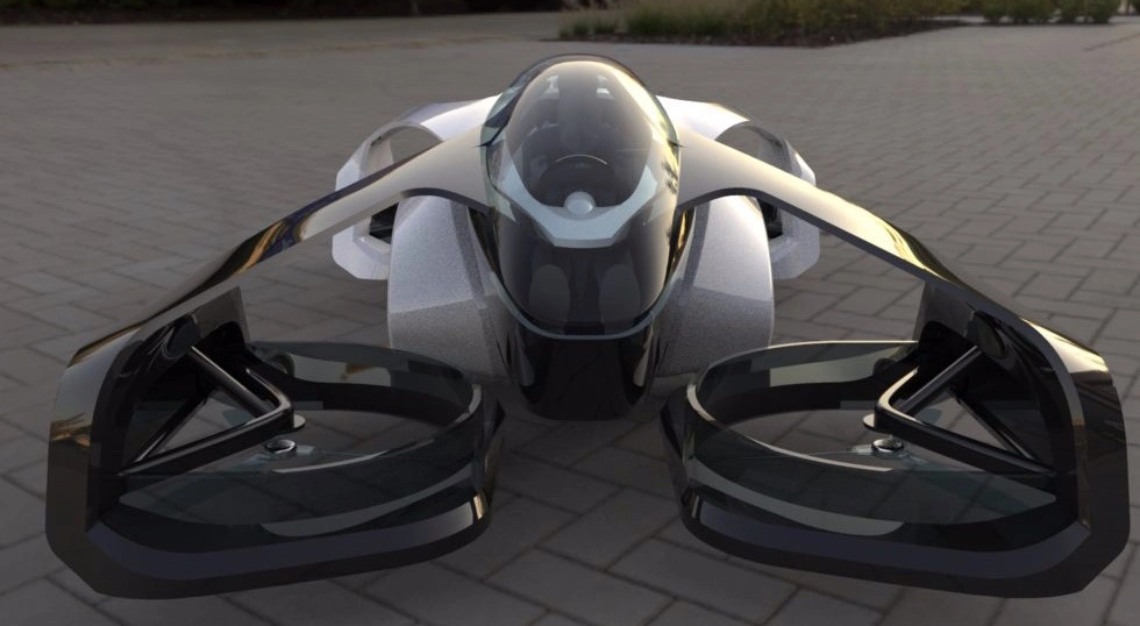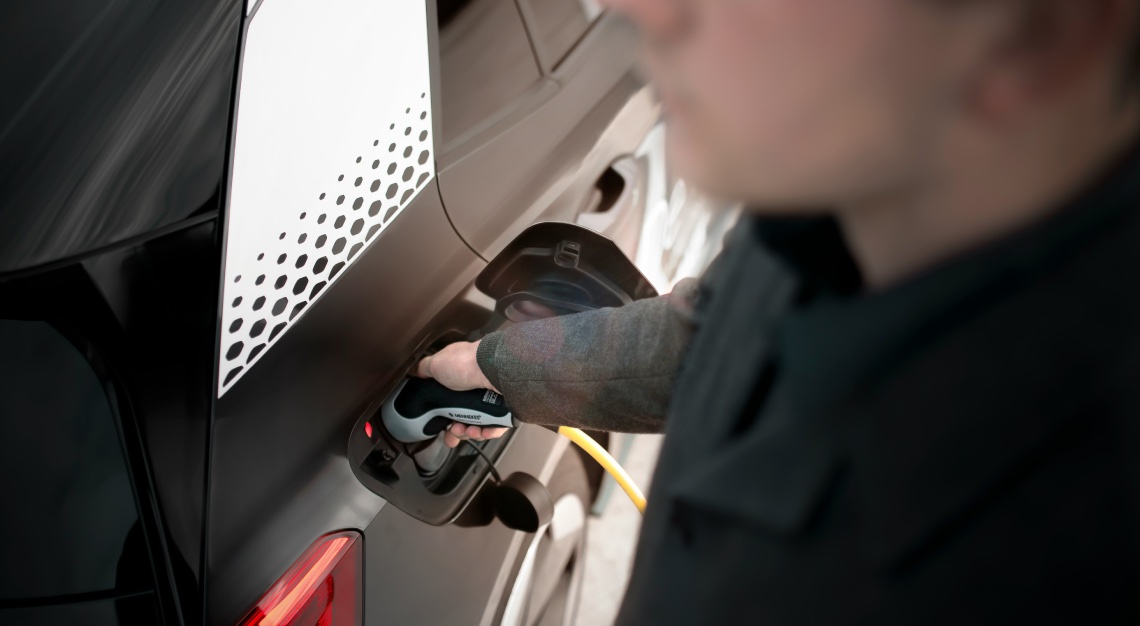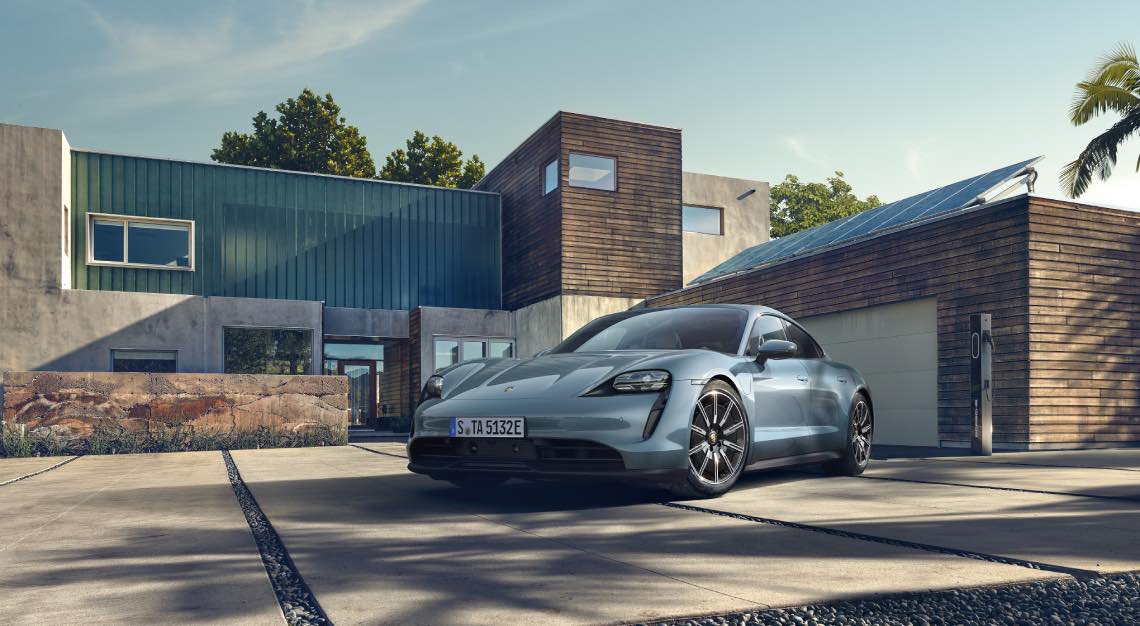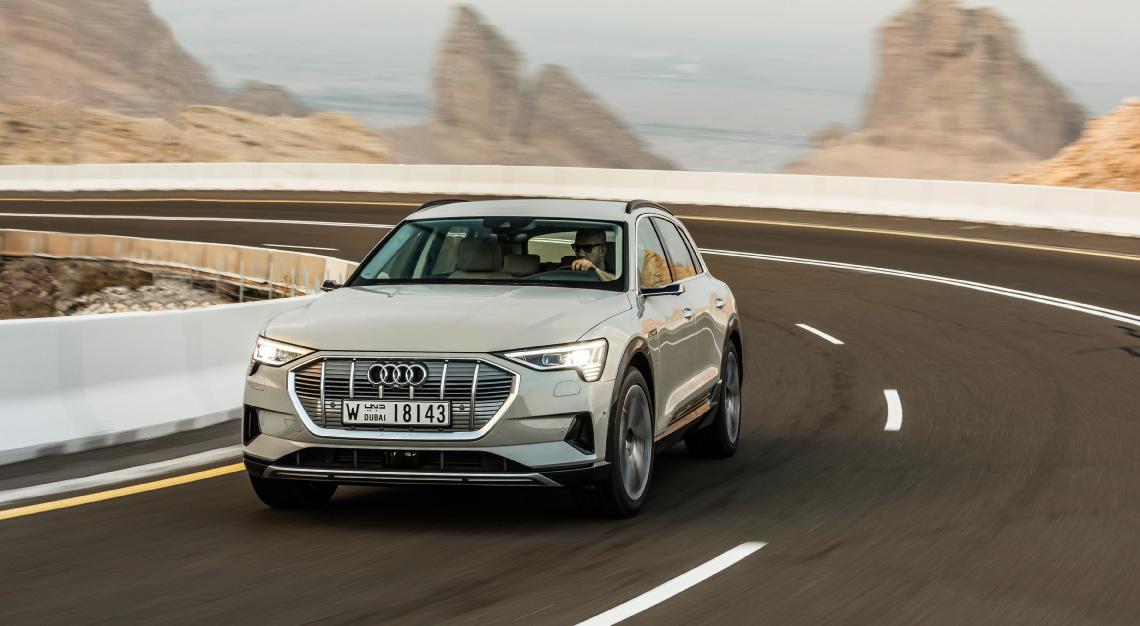The high-flying collab would see the aircraft used as part of an air taxi service in the Osaka Bay area
Back in 2020, Japanese start-up SkyDrive announced plans to turn its first flying car prototype into a commercial model by 2023. Now, a new partnership could bring the Jetsons-style aircraft to the skies (and roads) in even bigger numbers.
The company announced a high-flying collab with Suzuki this week, which would see the vehicle turn into a fleet of air taxis by 2025. Dubbed the SD-XX, the eVTOL (electric vertical take-off and landing) aircraft will be presented at that year’s World Exposition in Osaka, Japan. The companies say they will work together on planning the manufacturing and selecting mass-production systems, as well as technology research and development.

Unlike traditional eVTOL aircrafts that need to take off and land in fixed locations, the SD-XX will allow pilots to land and then actually drive away. The vehicle’s relatively small footprint helps make that possible: It’s just 3.9 metres long, 3.5 metres wide and 1.5 metres tall. The two-seater features eight propellers that help it fly 500 metres above ground at 100 km/h for 19 kilometres. There’s also a more efficient cruise speed option of 60 km/h for up to 32 kilometres. (SkyDrive also tested out a one-seat alternative dubbed the SD-03 last August.)
SkyDrive, which launched in 2018, is backed by Toyota, Fujitsu and Panasonic, among other tech firms. Beyond its underwriters, the company has also been working closely with the Japanese government to bring its air taxi vision to life. Additionally, its collaboration with Suzuki gives one of the country’s leading carmakers and motorcycle manufacturers the chance to expand its own business. “The partnership with SkyDrive will provide Suzuki with opportunities to explore and potentially add flying cars as a fourth mobility business,” Suzuki said in a statement.
It’s hard to fathom now, but the concept of flying cars has been around for more than 100 years. In fact, the first, the Curtiss Autoplane, was introduced in 1917. Hey, it only took 106 years to make the dream a reality.
This story was first published on Robb Report USA






